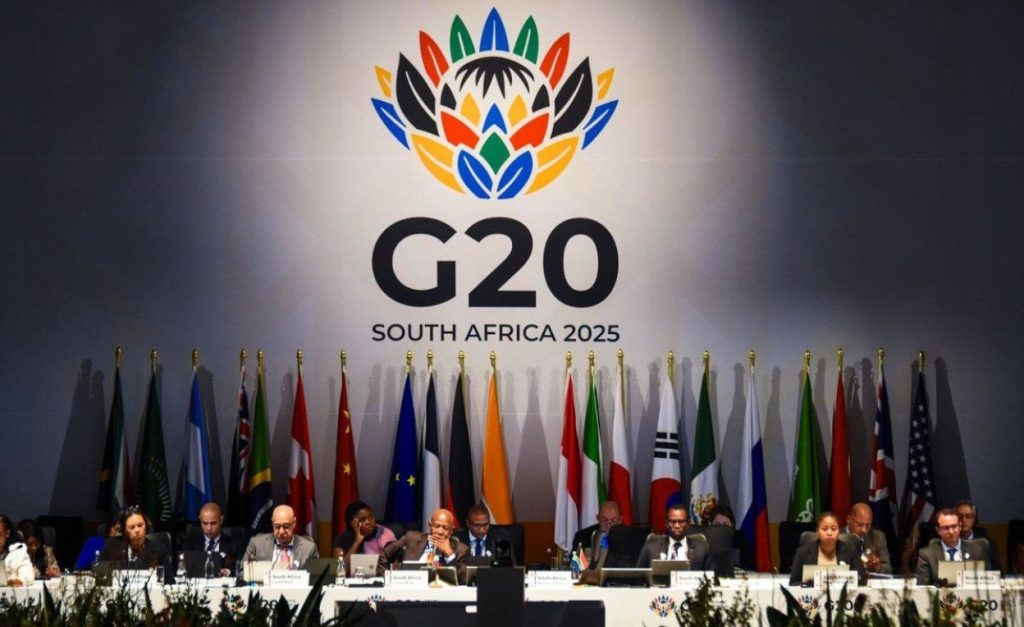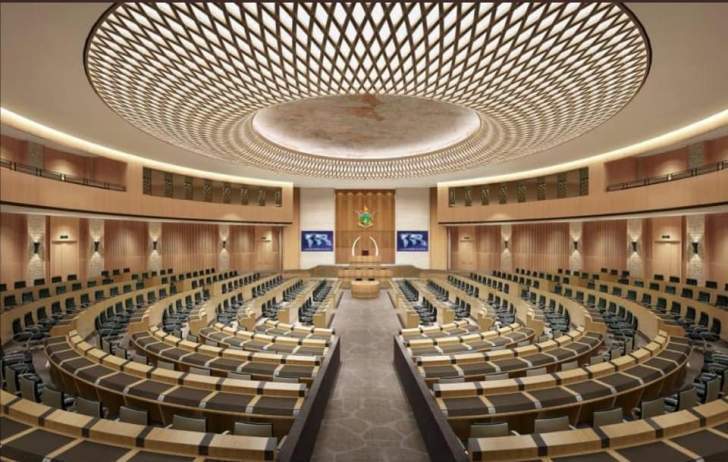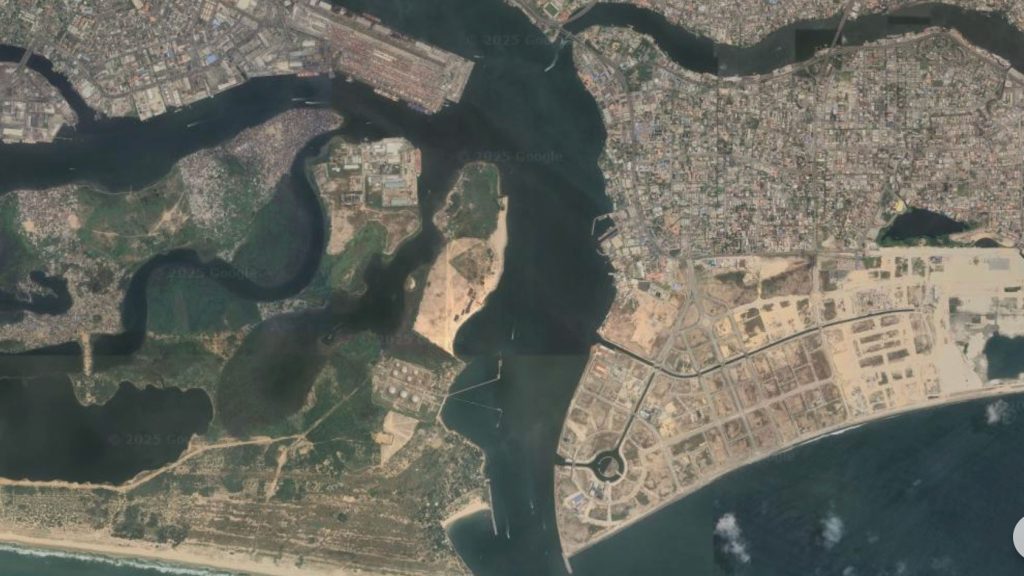Now almost two decades since its conceptualization by the African Union in 2007, the African Great Green Wall Initiative (AGGWI) is slowly coming to life. Originally designed to be the greatest living structure on the planet, of over 8000km across the Sahel-Sahara region, it has now evolved into a much larger initiative to support a mosaic of different land uses. Its goal is to restore agricultural, pastoral, dryland and forest lands while simultaneously sequestering carbon and boosting job creation. Originally constituting 11 member countries associated with the Pan African Agency of the Great Green Wall (PA-GGW), it now includes an additional 25 countries from North, East, Southern and West Africa.
Leaders are hoping that restoration will enhance agriculture productivity by increasing crop yields and pasture for livestock, re-vegetation will enhance soil fertility and water retention potential, and in turn, nutrition security, and possibly augment sustainable wood fuel supplies. They also believe it may increase river flow volumes to feed hydroelectric power generation.
At the peak of this investment loop, though controversial, is the potential to generate carbon credits, with the African Carbon Market Initiative estimating that Africa’s vast natural resources and ecosystems can generate 1.4 billion metric tonnes of carbon credits annually, unlocking more than $120 billion in revenue and over 110 million jobs.
Implementation of the AGGWI was slow until 2020, beset by funding delays, conflicts in the region and a lack of coordination, with concerns that only 18 of the projected 100 million hectares had been restored. In 2021, French president, Emmanuel Macron hosted the One Planet Summit which launched the Great Green Wall accelerator under the UN Convention to Combat Desertification (UNCCD), to facilitate collaboration among donors and stakeholders. Approximately $19 billion was pledged to get the project on track. More than 50% of the funds were disbursed as of December 2024. However, about 30% to 40% of this money was in the pipeline or under implementation before the 2021One Planet summit announcement, says Mr. Gilles Amadou Ouedraogo, the program management officer, at the global mechanism of the UNCCD.
According to the latest Great Green Wall Accelerator technical brief, the Global Environmental Facility has provided more than $1 billion in grants to the project, and mobilized an additional $6 billion through partners. Commitments by the French Development Agency amount to over €500.8 million, the World Bank over $6 billion, the International Fund for Agriculture Development $876.5 million, the European Investment Bank €3.2 billion, the Green Climate Fund $3.51 billion, the Africa Development Bank $6.5 billion, and the European Union €1.54 billion. Additionally, the World Food Programme has invested over $400 million since 2021.
During its second implementation phase, AGGWI is re-affirming its presence by issuing green labels to contributors that have stood out in land restoration efforts while awarding them recognition through certification and validation.
But it still needs a financial war chest to plug its budget deficit as it expands its footprint to the rest of Africa, and to convince its 24 member states from North, West, East, and Southern Africa that joined by 2023, that it has enough muscle to achieve its targets by 2030.
That requires new funding from international donors. However, only Italy came forward with €11 million, and Austria €2.85 million as signed projects at last year’s UNCCD COP16. In April this year, the International Fund for Agricultural Development (IFAD) approved a further €3 million loan to Benin. Mr. Ouedraogo says the Wall’s funding gap is about half of the pledged $19 billion.
Although global aid is in retreat, it is not clear why development partners that have supported the initiative in the past appear to have slowed in meeting their funding commitments. During the UNCCD Abidjan summit three years ago, Sakhoudia Thiam, head of research and development at PA-GGW, alluded to a lack of consistency by global leaders in pushing for delivery of the $19 billion pledge made during the One Planet Summit. Echoing him was the Abidjan Summit President, Alain Richard Donwahi, who last year told CNBC Africa that there are hurdles in keeping track of funding, an issue that analysts say could contribute to low donor enthusiasm.
The accountability of recipient countries also remains an issue. The 2020 Great Green Wall implementation status report revealed gaps in recipient countries agreeing to a common and shared accounting framework, with questions over relevance of funding flows raised by PA-GGW to the Great Green Wall implementation.
Mr. Ouedraogo believes that the different project portfolios are also causing donors to pull in different directions. The AGGWI has an existing legacy portfolio, comprised of projects established back in 2007, which reflect the project’s evolution from tree planting to a more multi-sectoral approach to restoration. Its other portfolio, the One Planet Summit, was launched together with funding commitments and strategies in 2021, and was anchored in the Great Green Wall Accelerator. Half of the funding that was committed in 2021, was to support projects that had already commenced. Some donors behind the 2021 finance pledges wanted them to finance the separate Legacy Portfolio. Others wanted all committed funds past and present, to be funnelled to newer projects in the One Planet Summit portfolio. The UNCCD is not in a position to direct which portfolios sovereign donors channel funds to, which fuelled underfunding hurdles for the initiative, says Mr. Ouedraogo.
Aside from finance, the AGGWI still faces obstacles with coordination between national governments, regional bodies and international partners, particularly with respect to governance, technical reviews, and monitoring and reporting.
In an effort to support co-ordination, a ten year Strategy was adopted by the AU in 2024, to clarify the roles and responsibilities of parties − including the AU Commission, Member States, and relevant Ministries. It also aims to strengthen enabling policy in member states, address concerns about a lack of evidence-based policy making, and to develop an investment timeline and programmatic approach.
As an intergovernmental and multi-partner program, there was an expectation that this Strategy and approach would receive stronger support from governments. But that has not been the case, with Mr. Ouedraogo believing that African governments see AGGWI primarily as an environmental initiative, rather than a solution to sustainable development.
“All the partners should be able to sit at the same table to discuss what is advancing in the Great Green Wall. The level of oversight that is needed is often challenging just because human resources are stretched and there are other priorities as well. The solution is government-led coordination gathering partners towards the same objectives with very specific responsibilities, tasks, and therefore results,” he said.
There are also concerns about project monitoring and governance, including a harmonised vision on what it is set to achieve due to duplication, inefficiencies and shared standards. For instance, the shift in objective from tree planting to diverse land use and restoration systems has led to an influx of projects, affecting funding flows. About 150 actors have independently initiated thousands of projects on behalf of AGGWI, however they are not documented, making it difficult for the Great Green Wall Agency to track them.
“When you look at the 11 countries of the Great Green Wall, the ecosystem of actors is not homogenous or interactive. It is fragmented. Collaboration is limited, and work in silos is the norm. These silos must be broken, to leave space for co-construction,” says Mr Ouedraogo.
While some projects defined as Great Green Wall projects are not in the designated area of the wall, national agencies have been arguing that donor conditions are blocking them from project conceptualisation, implementation and stock taking. These concerns were reflected in the 2022 review report, but still occur today, with recipient countries bemoaning restrictive rules and standards in proposal writing, demands for co-financing, the blending of different financial instruments and mechanisms, and linking payments for project cycles to third party verification, among others.
But there have been positive developments. Partners like IFAD, CIFOR-ICRAF, FAO and UNCCD are supportive of hiring in-country experts to help with monitoring efforts, knowledge management, and in-country coordination of the Wall’s national coalitions, according to Mr Ouedraogo.
The Great Green Wall Observatory launched in 2024 by UNCCD is in effect and is currently tracking over 350 projects in the Sahel. The Observatory is an online platform designed to track funding, monitor progress, and analyse contributions from the 11 participating countries, aiming to enhance transparency and coordination among stakeholders.
Launched in 2023 and led by CIFOR-ICRAF and the FAO, the Knowledge for Great Green Wall Action (K4GGWA) aims to empower stakeholders in terms of knowledge management and sharing, develop learning and data platforms, and nurture national and regional dialogues, among others. As the PA-GGW undergoes transition with new leadership set to be announced soon, the African Union’s recent reaffirmation of support for the project during its May meetings, will hopefully help deliver the extra-ordinary levels of intra-government cooperation that the project requires.





